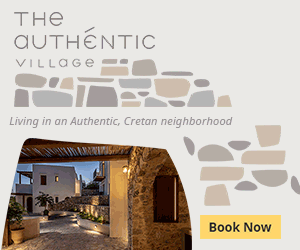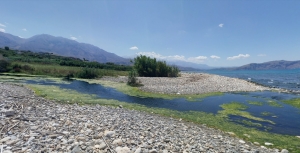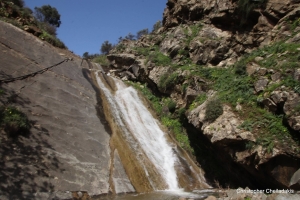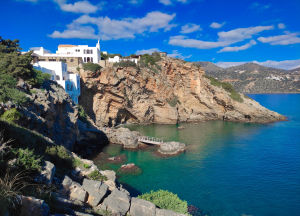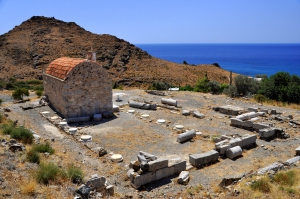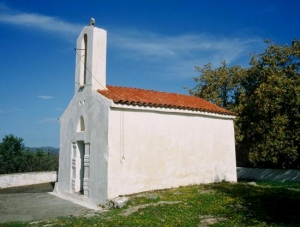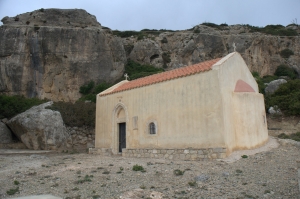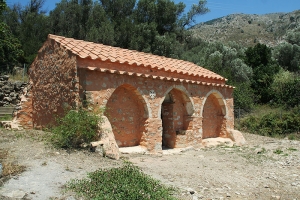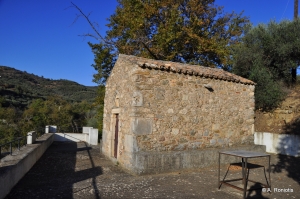The river Mouselas flows through the valleys that form east of the White Mountains and flow into the western boundary of the large beach of Episkopi, in the large bay of Almyros that has the most rivers in Crete. It is the natural border of the prefectures of Chania and Rethymno.
In the village Karavados in prefecture Heraklion lies a small gorge that is completely unknown, Argoulidias gorge. Its name is taken after the many wild olive trees (called argoulides in Cretan dialect) found in the canyon, the vegetation of which is complemented by carobs, Nerium oleanders and many plane trees.
Στην περιοχή του όρμου της πόλης του Αγίου Νικολάου και σε απόκρημνη περιοχή που κοιτάει προς τα δυτικά, βρίσκεται η ιστορική βίλα του σκηνοθέτη Νίκου Κούνδουρου (1926 - 2017).
Lendas is a remote seaside settlement located in the imposing Asterousia Mountains, 74km south of Heraklion. The settlement is built on the site of the ancient city of Levena, which flourished in the Greco-Roman years, as the seaport of Gortyn, which was then the most important city of Crete.
The church of Saint Isidore (Agios Isidoros) is built on a small plateau atop a hill in the small settlement Tzinaliana in Kakodiki, province Selino. It belongs to the architectural type of the one-room arched-roofed temples. At the entrance we can see two parts of an ancient Doric architrave.
The church of Panagia (Our Lady) Keragrameni is located north of the village Stavros or Kapistri in the province of Ierapetra. The one-storey church is dedicated to the Birth of the Theotokos and is built near a spring that gives life to vineyards and orchards.
The church of Saint George (Agios Georgios) Sword holder (Xififoros) is located in a wooded area northwest of the village Apodoulou, province Amari. The church is one-room arched-roof temple with three blind arches on each long side, symmetrically positioned on the central transverse axis.
The small church of Saint Nicholas is located between Lyttos and Kastamonitsa. It bears frescoes of a provincial painter dating back from the 14th century with vivid scenes from the Christological cycle. Frescoes that stand out are the Infanticide in southern wall, the sacrifice of Abraham, and Saint Zosimas.





